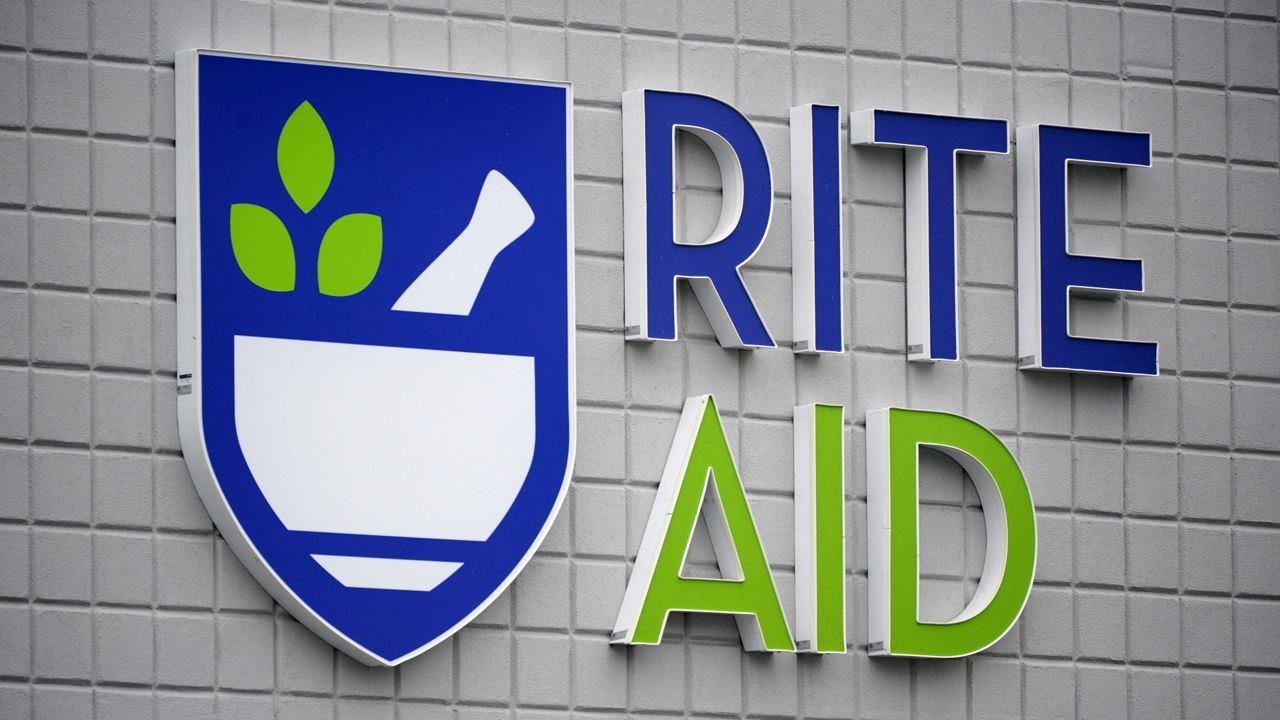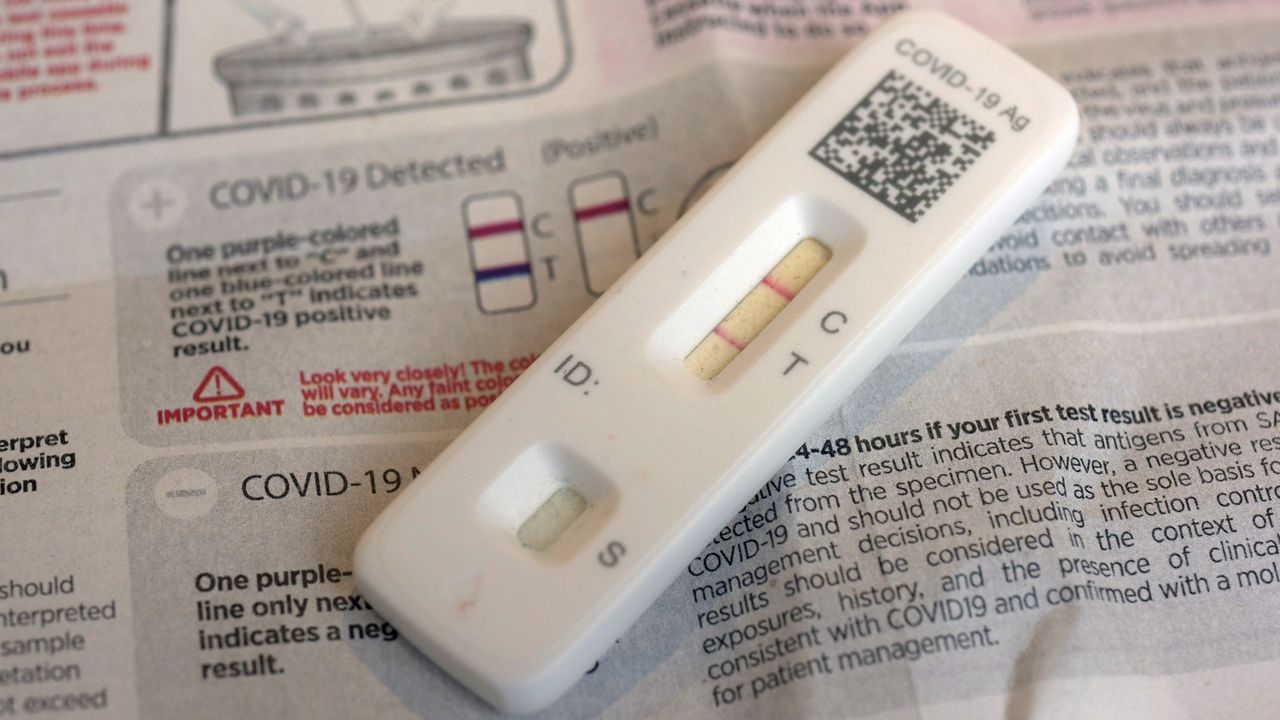Four years after COVID-19 began spreading rapidly across the world, the pandemic continues to take its toll on health care.
“Since the pandemic, we have seen 300,000 less blood donors and part of that is because people’s lives just changed during the pandemic. People who are working from home,” said Desiree Ramos Reiner, chief external affairs officer for Red Cross. “Students who are just doing more online courses than being on campus.”
What You Need To Know
- The Red Cross is asking volunteers to flood their blood donation centers and drives as they experience historic low levels of blood donations
- The organization said a large reason for the decrease in blood donations is due to lifestyle changes people have made in the last several years, particularly working and attending school while home
- Experts said it’s not clear what the big picture solution is, especially since people have embraced the work from home model
Reiner said, besides a drop in people donating blood, locations that once hosted Red Cross blood drives, like some public schools, have also not reopened their doors for blood drives since the pandemic.
New Yorker Adam Sank said he now works at home and has donated blood to the Red Cross previously, though he does not remember where.
Victor Riccio, who also works from home, said he would almost expect the pandemic to take a toll on blood donation numbers.
“I wouldn’t be surprised because people stay at home, they don’t want to leave their houses,” he said. “People get a little bit lazier, so it takes more for them to go out and give those donations.”
The work and study from home phenomenon coupled with fewer venues hosting blood drives has created what the Red Cross says are “critically low” levels of blood donations, which has caused an emergency blood shortage.
“Hemoglobin carried the oxygen all over our body. Like a little Uber,” said Dr. Luisa Perez, internistfor SOMOS Community Care. “And if we don’t have enough of it, then it can’t get to many places. So it’s very much needed.”
Dr. Perez said the shortage could have serious consequences for doctors who administer blood transfusions and patients who need it, something she has experienced with her own patients.
“They’re weak, they can get dizzy,” she said. “I had a patient fall because…her hemoglobin was so low that she was dizzy and she fell, banged her head and ended up in a coma.”
Experts have said it’s not clear what the big picture solution is, especially since people have embraced the work from home model.
“I wouldn’t give up working from home for anything, but I do hope people donate blood because I know how important that is,” Sank said.
Red Cross officials hope people at home will hear their call and help make a small difference — reducing the shortage one donation at a time.
“We’re really asking people to take a moment and sign up to make a blood donation,” Reiner said. “If you’re not able to donate blood because you’re not feeling well or because you’re sick, ask one of your neighbors to donate blood.”
The Red Cross said it has had to limit distributions of Type O blood — the most commonly used type for blood transfusion.
The organization will hold a blood drive at Horace Mann High School in the Bronx on Jan. 27.
Visit redcrossblood.org to find a list of other blood donation drives.
This month, the Red Cross is also partnering with the NFL during National Blood Donor Month to help drive the blood donation numbers up. People who participate will automatically be entered for a chance to win a trip for two to NFL 58 in Las Vegas.




%20Pkg%20Red%20Cross%20Blood%20Shortage%20CG?wid=320&hei=180&$wide-bg$)




